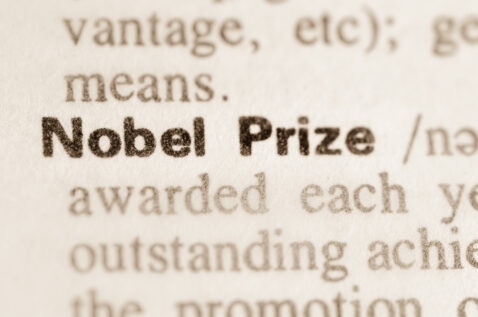Content Spotlight
Podcast: MilliporeSigma says education vital to creating unbreakable chain for sustainability
MilliporeSigma discusses the importance of people, education, and the benefits of embracing discomfort to bolster sustainability efforts.
January 3, 2024

US patent law that – proponents argue – incentivized development of the mRNA vaccine tech used to fight COVID-19, continues to foster collaboration between academia and biopharma.
The Bayh-Dole Act – which was enacted in 1980 – gave universities, non-profit research institutions and small businesses the right to own, patent and commercialize inventions developed under federally funded research programs.
It also prompted a 40-year debate over appropriate incentives for innovation and the scope of the government’s authority. The pandemic intensified this with some calling on the government to utilize its so-called “march–in” rights to quell concerns about patent monopolization and product pricing.
Innovation
The underlying aim of the Bayh-Dole Act was to give academia and industry a reason to work together says advocate Joe Allen, who served as a professional staff member on the US Senate Judiciary Committee with former Senator Birch Bayh.
“What the Bayh-Dole Act did was say if a university or a small company makes an invention with government funding, they own it. They can then license it for commercialization.”
“That started a boon in innovation. In fact, the biotech industry came out of Bayh-Dole. Basically, the early-stage inventions were made at California and Stanford, not a single big drug company was interested. So we started spinning off small companies, which is still how the biotech industry works.”
Some 50% of new drugs approved in the US come from small companies, which is proof of the merits of Bayh-Dole according to Allen.
“Basically, Bayh-Dole has been a tremendous success…we’ve become a leader in life sciences” he said.
Numerous projects have benefitted from Bayh-Dole, including the work on nucleoside modification and messenger RNA (mRNA) immunogenicity that underpins COVID-19 vaccines and earned Katalin Kariko and Drew Weissman the Nobel Prize for medicine last month.
Another project aided by the Act was the development of an HIV therapeutic by a team led by Dennis Liotta at Emory University in the nineties.
Liotta said, “After we did the HIV work, a colleague and I started a company called Pharmasset. We founded it. Out of that company came sofosbuvir, which was the breakthrough drug for Hepatitis C.”
“Our team was able to develop molnupiravir, which got emergency use authorization (EMA) for COVID-19. We couldn’t have even conceived of doing these things without this foundation that is the Bayh–Dole Act. It has just broad implications and, as far as I’m concerned, all positive implications.”
And the benefits of the Bayh-Dole Act continue to shape drug research according to Kariko, who cites the environment the act creates for current researchers as a major positive for the US research sector.
“I can see what is in Europe and what is here [the US] and then definitely how students or PhD students are inspired to think about applicability of what their discovery is much stronger and resources also much better here in the United States. That environment is very nurturing.”
You May Also Like